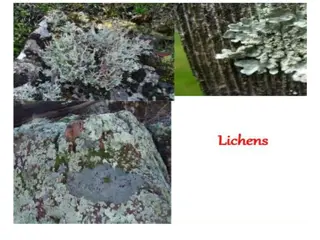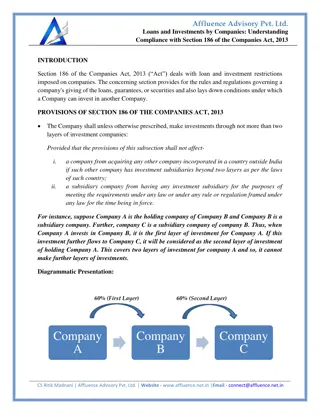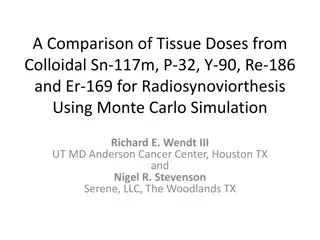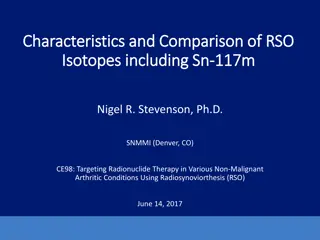
Nostoc: Characteristics and Reproduction
Explore the world of Nostoc, a genus of cyanobacteria commonly known as blue-green algae, and learn about its occurrence in various environments, symbiotic relationships, systematic position, and modes of reproduction including vegetative, asexual, and heterocyst reproduction. Discover how Nostoc can survive extreme conditions and form resting spores called akinetes.
Download Presentation

Please find below an Image/Link to download the presentation.
The content on the website is provided AS IS for your information and personal use only. It may not be sold, licensed, or shared on other websites without obtaining consent from the author. If you encounter any issues during the download, it is possible that the publisher has removed the file from their server.
You are allowed to download the files provided on this website for personal or commercial use, subject to the condition that they are used lawfully. All files are the property of their respective owners.
The content on the website is provided AS IS for your information and personal use only. It may not be sold, licensed, or shared on other websites without obtaining consent from the author.
E N D
Presentation Transcript
Nostoc by Subhamita Das
Occurrence "Nostoc is a genus of cyanobacteria commonly known as blue-green algae. It occurs in various moist environments, such as soil, rocks, wetlands, tree trunks, ponds, and lakes. It can also form symbiotic lichens with certain fungi and is found in polar regions. Nostoc can survive in extreme conditions by forming akinetes, which are thick-walled cells resistant to desiccation."
Systematic Position Domain Bacteria Phylum Cyanobacteria Class Cyanophyceae Order Nostocales Family Nostocaceae Genus Nostoc
Reproduction Nostoc reproduce vegetatively or asexually by spore formation. The vegetative reproduction is by fragmentation. Small colonies can grow attached to a large colony and later form separated colonies. Hormogonia are short and free filaments. They are formed when a filament breaks. It retains the gelatinous sheath. New trichomes are developed inside the colony. Asexual reproduction is by the formation of resting spores known as akinetes. Some of the cells become thick- walled due to accumulation of food. They can withstand unfavourable conditions for many years. Under favourable conditions, they germinate to form a new filament. Nostoc also reproduce by heterocysts. Heterocysts separate from the filament. They divide and germinate into a new filament.







